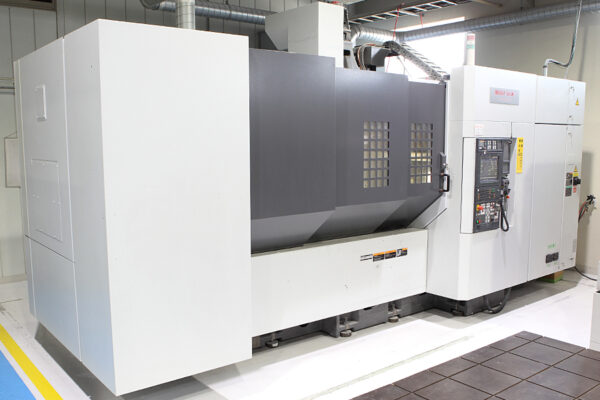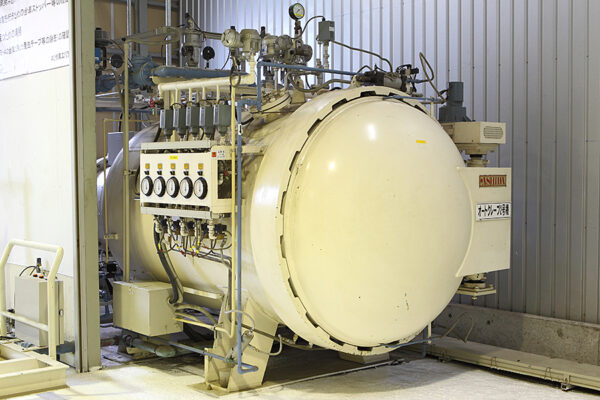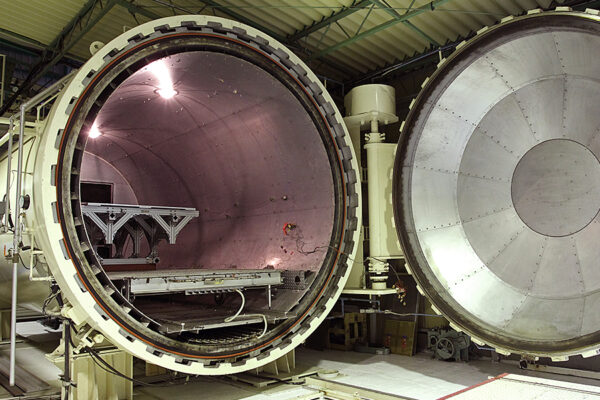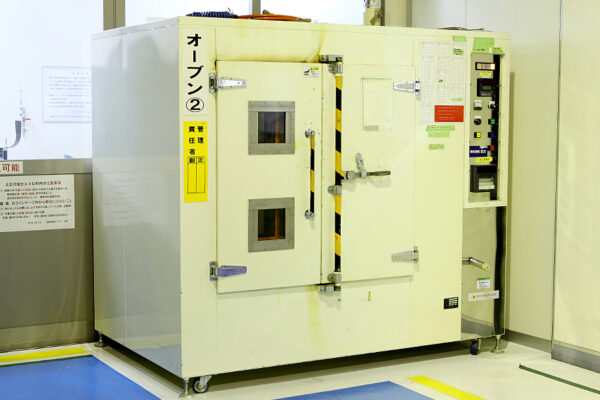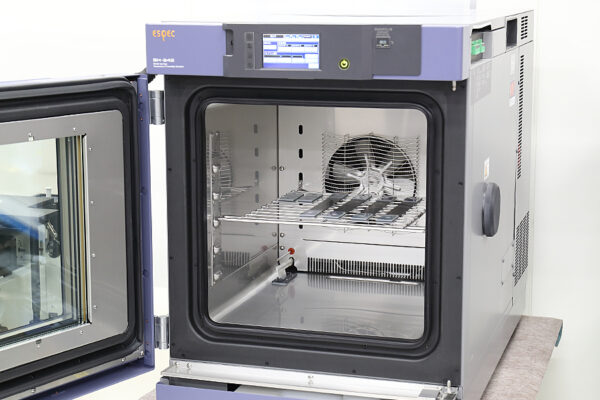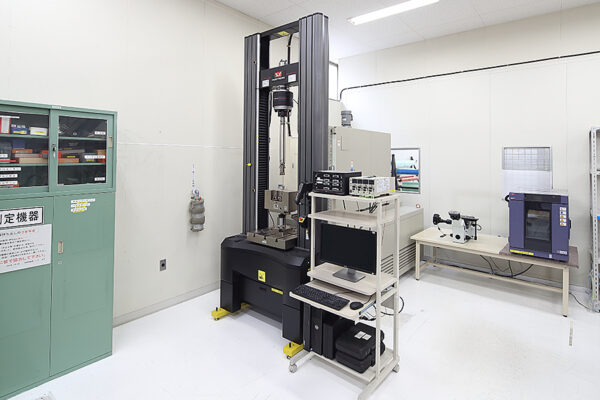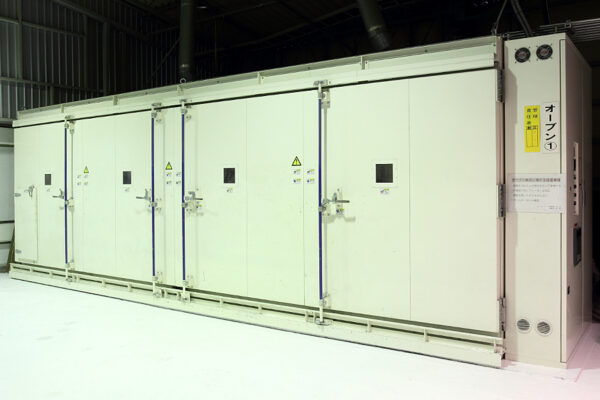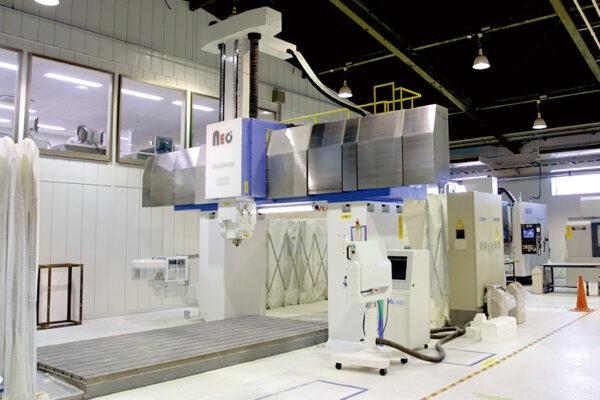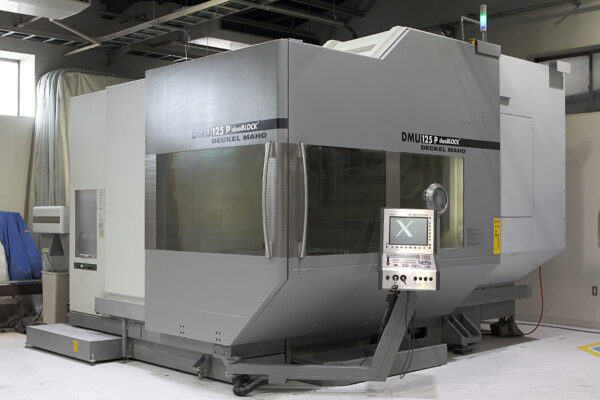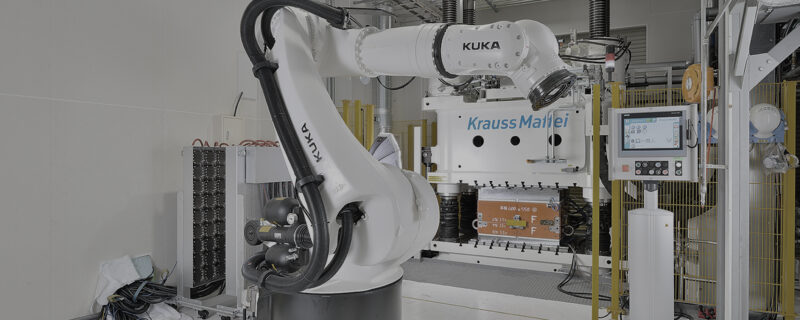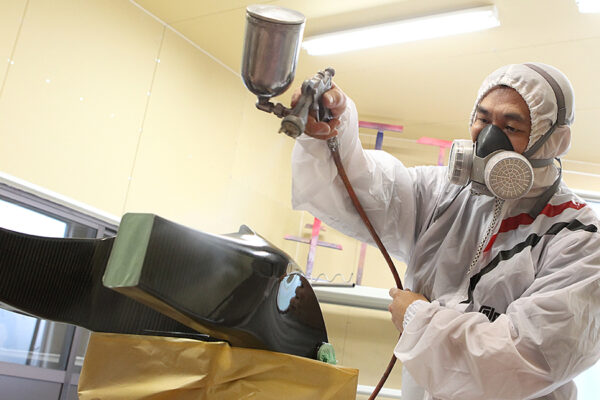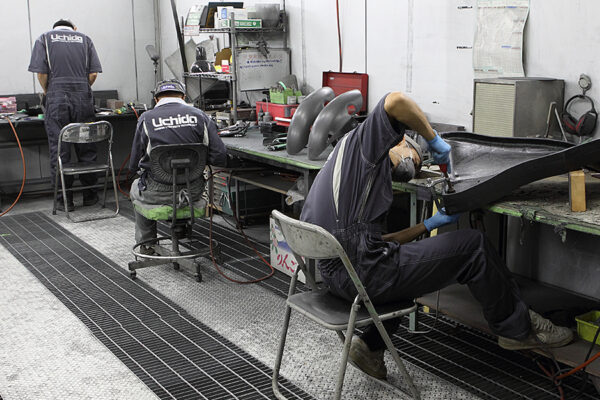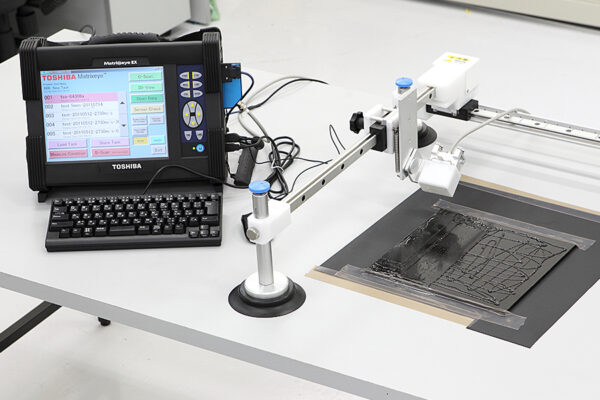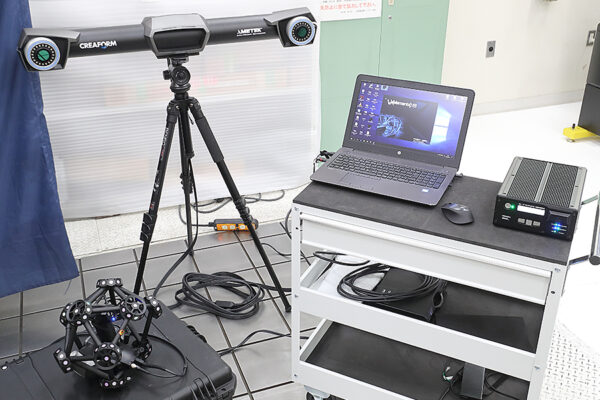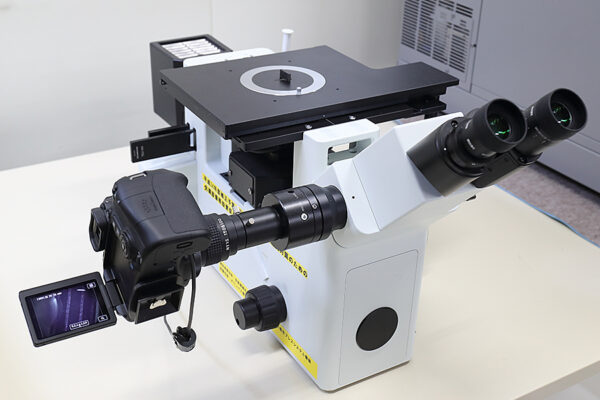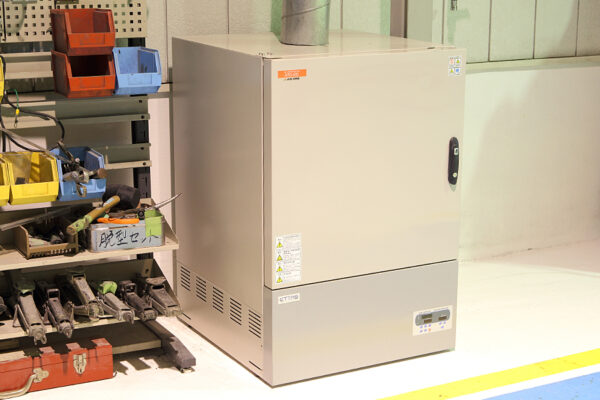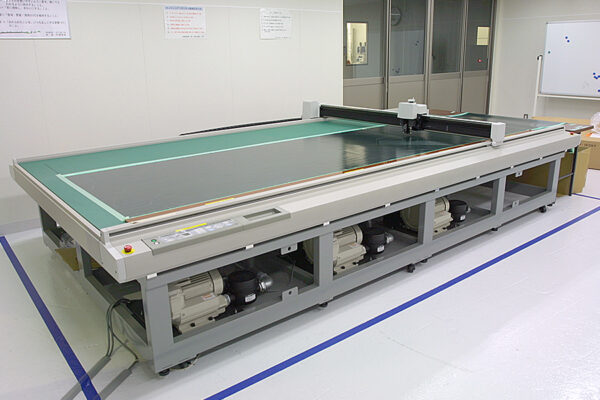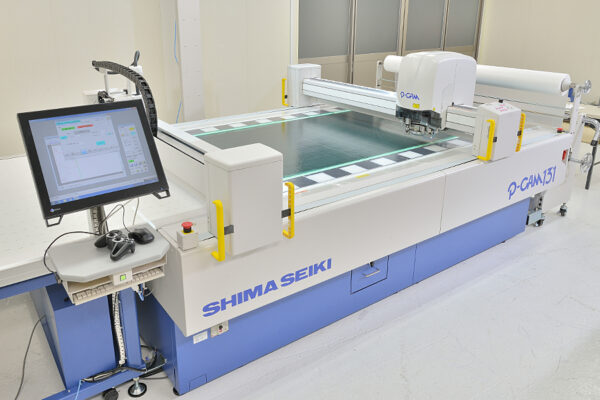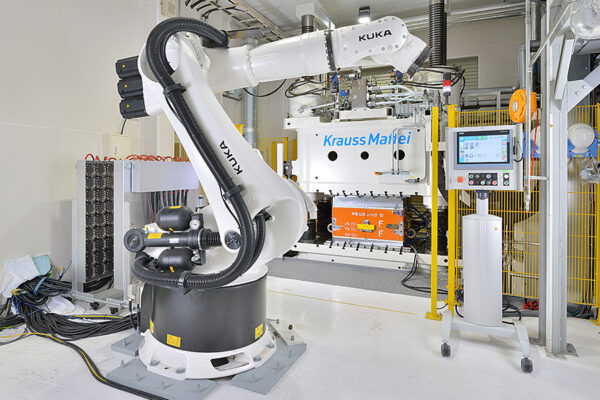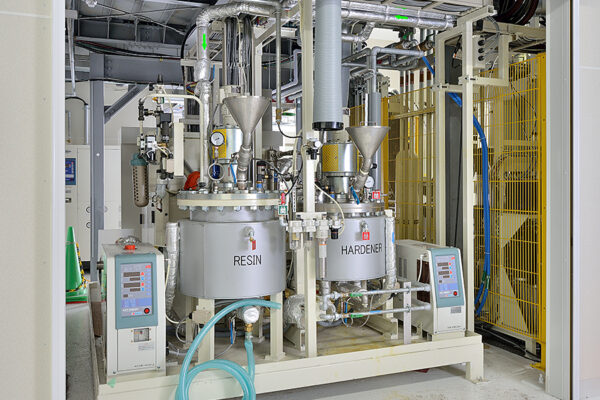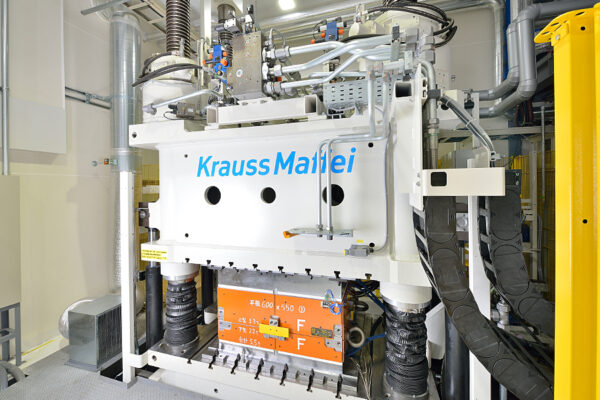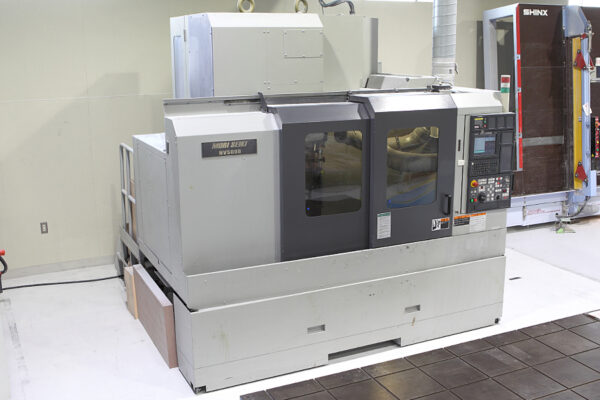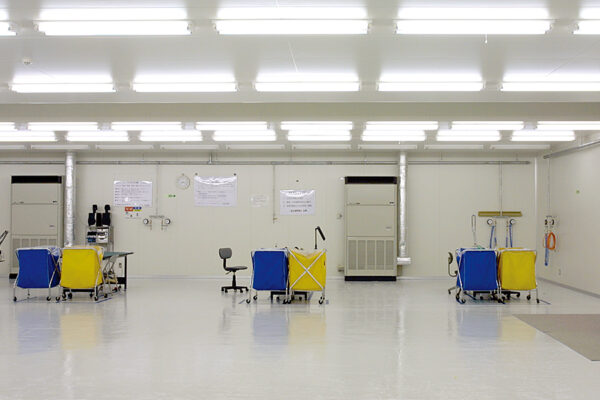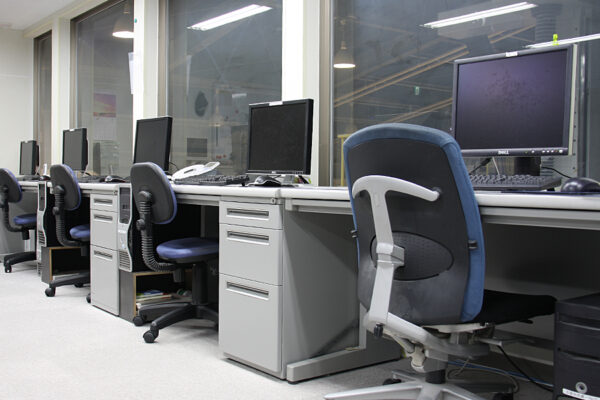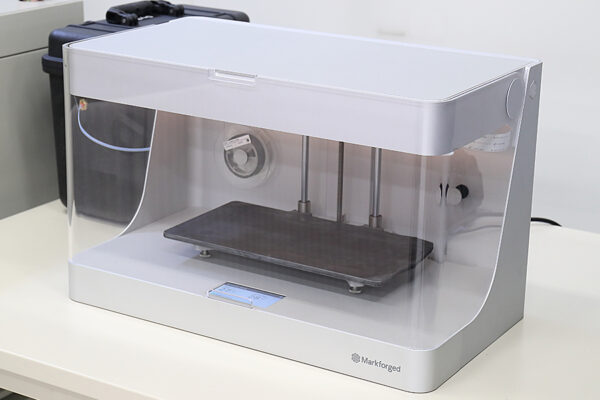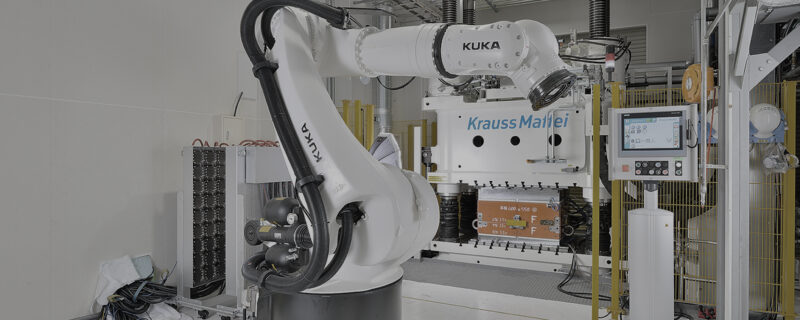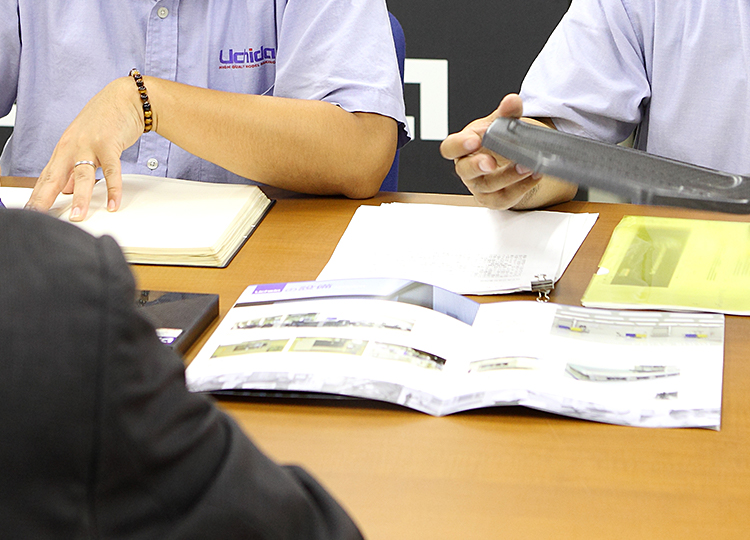Introduction
Truss structures are a combination of triangular units that are lightweight, high-strength, and widely used in a variety of fields, including architecture and machine structures. This column describes the basic concept and features of the truss structure as well as its main fields of application.
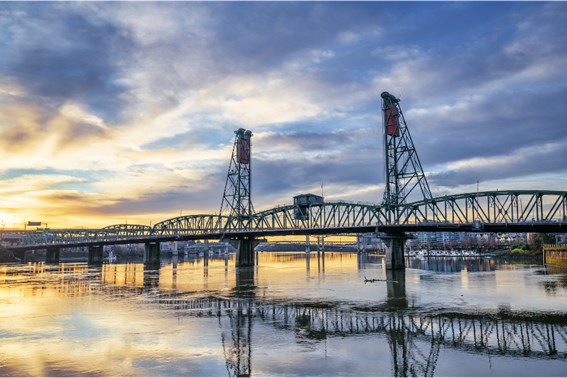
Characteristics of Truss Structures
Truss structures are formed by combining straight members, making them relatively lightweight yet strong. Each member is typically subjected to compressive or tensile forces, which allows for efficient use of materials, eliminating waste and achieving high strength.
– Lightweight: The structure is very lightweight because it requires less material to provide strength.
– Efficient force dispersion: The triangular shape provides excellent force dispersion, ensuring that the load is evenly distributed throughout the structure.
– High strength: The efficient arrangement of materials makes the entire structure very strong.
Types of Truss Structures
There are several types of truss structures, but the following are typical examples.
Plane truss structure
Plane trusses are arranged in a plane and are mainly used for bridge and roof structures. It is often used where strength and weight reduction are required.
spatial truss structure
A three-dimensionally arranged truss, suitable for larger structures. It is especially used for large facilities such as airport roofs and stadiums.
freestanding truss
Freestanding truss structure This structure can stand on its own independently and is used for large structures because of its high bearing capacity.
Bridges
Truss structures are often used in bridge design. Especially in bridges with large spans (bridge length), lightweight and strong truss structures are very effective.
Building Roofs
Truss structures are sometimes used to support large roofs, such as sports stadiums and exhibition halls. They are lightweight yet have the ability to support large areas.
aircraft and rocket structures
Truss structures are also sometimes used for aircraft and rocket frames. Since lightweight and strength are required, efficient force distribution in truss structures is important.
steel towers and transmission line supports
Truss structures are also very commonly used as supports for transmission lines and communication towers. Because it can effectively disperse wind loads and gravity, it is best suited for locations where stability is required.
Conclusion
Truss structures are efficient structures that are lightweight yet strong, and are used in a wide variety of fields, including bridges, building roofs, aircraft, and steel towers. As technology continues to evolve, the demand for stronger and lighter truss structures is expected to increase in the future.

Related useful contents
You can explore related content by clicking on a topic of interest.
ABOUT UCHIDA - 55 years since our founding
We leverage a wealth of technical expertise as a CFRP molding and processing manufacturer using FRP, GFRP, and CFRP materials. We offer a one-stop solution, encompassing design, analysis, manufacturing, secondary processing, assembly, painting, quality assurance, and testing.
UCHIDA's equipment
We have cutting-edge equipment to ensure that we can address even the most advanced challenges of our customers.
Video Library
In the following video, we provide a detailed overview of our manufacturing process. Please feel free to watch and learn more.
Contact us


